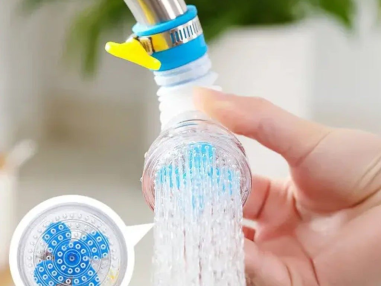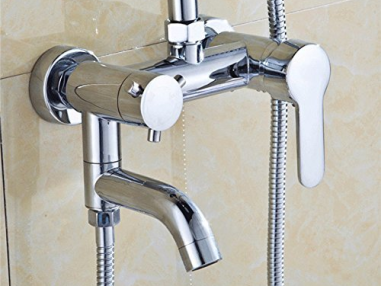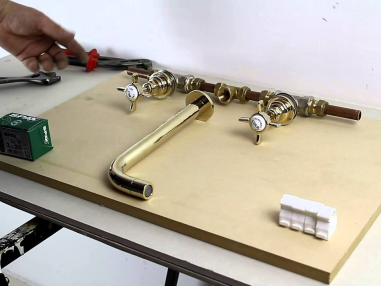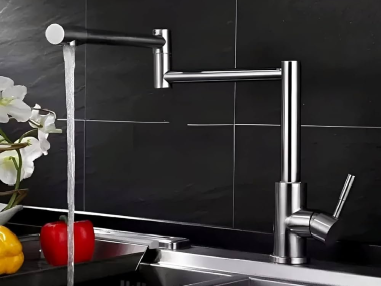
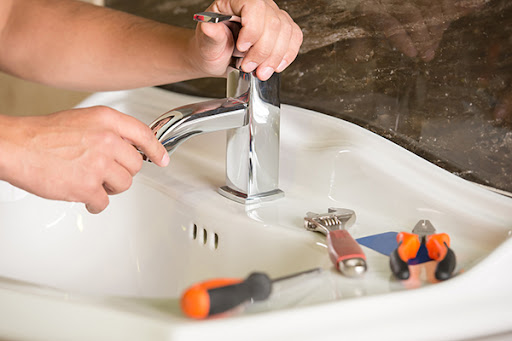
Leaky or malfunctioning taps are a common plumbing issue, but the repair process can vary depending on the specific type of tap and the nature of the problem. Here's a breakdown to help you decide whether to tackle a tap repair yourself or call a professional plumber
Factors to Consider for DIY Tap Repair:
Your Skills and Comfort Level: Do you have experience with basic plumbing tasks and feel comfortable working with tools?
The Type of Tap: Different tap designs (compression taps, ceramic disc taps, etc.) have varying repair procedures. Knowing the type of tap you have will help you
find specific repair instructions.
The Extent of the Problem: Is it a minor leak from the base of the handle, a loose or dripping spout, or a complete faucet malfunction?
General Steps Involved in DIY Tap Repair (Depending on the problem)
Turn Off the Water Supply: Locate the shut-off valves for the hot and cold water lines supplying the tap. Turn them completely off to prevent water flow while you
work.
Open the Tap to Release Pressure: Open the handle of the tap to relieve any remaining water pressure in the lines.
Isolating the Tap (if applicable): Some taps have flexible braided hose connections below the sink. You might be able to disconnect these hoses from the shut-off valves to isolate the tap for easier work.
Identify the Tap Type and Problem: Knowing the type of tap (compression tap, ceramic disc tap, etc.) will guide you in finding specific repair instructions and
parts.
Gather the Tools: You'll likely need adjustable wrenches, screwdrivers, a bucket (to catch water), and possibly pliers or replacement parts depending on the problem.
Disassemble the Tap (Following Specific Instructions): Most tap handles can be removed with a screw at the base or a cap hiding a screw. Consult online resources or a faucet manual (if available) for disassembly steps specific to your tap model.
Identify and Replace Faulty Parts: Common culprits for leaks include worn-out washers, faulty cartridges (in ceramic disc taps), or damaged O-rings. Replace the
identified faulty parts with compatible replacements for your tap model.
Reassemble the Tap: Tighten any connections securely but avoid over-tightening, which can damage the tap. Reattach the tap handle and secure it with the screw or cap.
Turn on the Water Supply Slowly: Gradually turn on the hot and cold shut-off valves. Check for leaks around the connections and base of the tap. Tighten if
necessary.
Test the Tap: Turn on the tap and adjust the handle to ensure water flow properly and at the desired temperature.
Important Considerations for Tap Repair:
Matching Replacement Parts: Ensure any washers, cartridges, or O-rings you use are compatible with your specific tap model.
Following Instructions: Consult a faucet manual (if available) or search online for specific repair instructions for your tap model to avoid mistakes during
disassembly and reassembly.
Avoiding Over-Tightening: Over-tightening nuts or connections can damage the tap. Tighten firmly but sensibly.
When to Call a Professional Plumber:
Extensive Leak or Damaged Parts: If the leak is significant or you discover severely damaged faucet parts beyond a simple washer or cartridge replacement, call a professional plumber.
Hidden Leaks or Complex Taps: Leaks in the wall behind the tap or faucets with complex designs are best left to professional plumbers to avoid causing further
damage.
Limited Experience or Confidence: Don't hesitate to call a professional if you lack confidence in your DIY skills or feel uncomfortable working with plumbing
connections.


